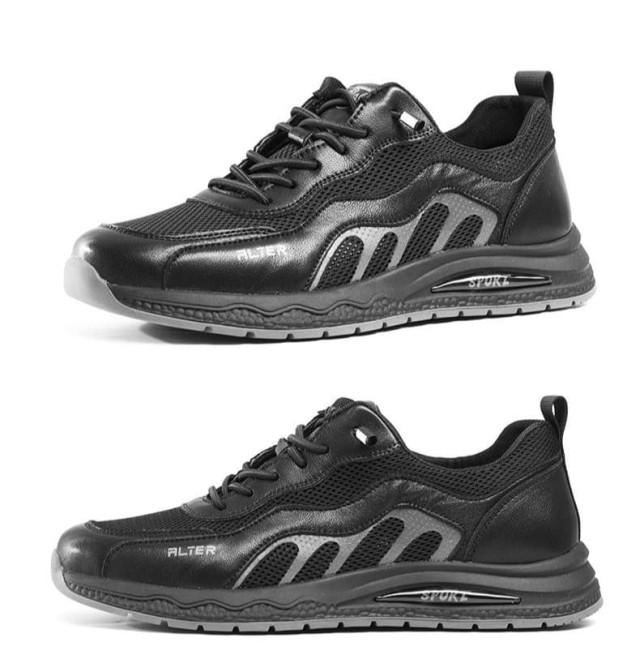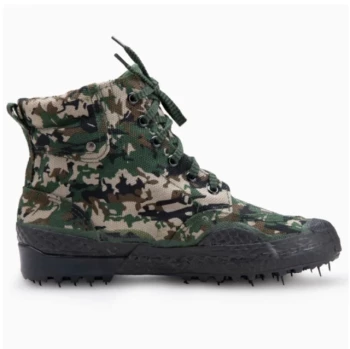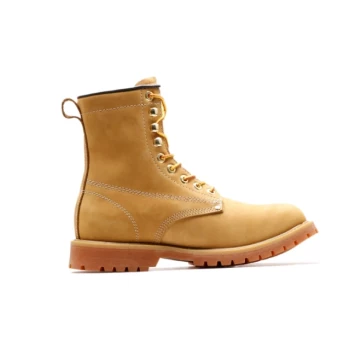Walking boots serve a critical role in healing foot and ankle injuries, but their rigid design often leads to unintended strain on knees, hips, and even the lower back. This guide reveals proactive strategies to prevent secondary joint injuries while maintaining mobility during recovery—because healing shouldn’t come at the cost of new problems.
Walking Boot Mechanics and Compensatory Strain
Why Your Knees and Hips Bear the Burden
Walking boots redistribute weight unevenly, forcing your body to adapt. Research shows that users often:
- Shift their center of gravity to the uninjured side, overloading the opposite knee.
- Develop a shorter stride, increasing hip flexion and lower back tension.
- Rely on quadriceps rather than calf muscles, leading to muscle imbalances.
These adjustments may seem minor, but over weeks, they can trigger inflammation or chronic pain in otherwise healthy joints.
Hidden Risks: From Fatigue to Chronic Pain
Compensatory movements aren’t just tiring—they can alter your natural gait long after the boot is removed. Common consequences include:
- Knee instability: Excessive side-to-side motion strains ligaments.
- Hip tightness: Reduced range of motion from limited stride extension.
- Lower back stress: Leaning forward to offset the boot’s weight stresses spinal discs.
Early intervention is key to avoiding these issues.
Proactive Strategies for Joint Protection
Daily Exercises to Strengthen Compensatory Muscles
Targeted strength work helps counteract uneven loads. Try these low-impact moves:
-
Seated leg lifts (for quadriceps and hip flexors):
- Sit upright; slowly lift the injured leg parallel to the floor. Hold for 5 seconds. Repeat 10x per side.
-
Standing calf raises (for balance and ankle stability):
- Hold a chair for support; rise onto toes, then lower slowly. Do 3 sets of 12.
-
Glute bridges (to activate underused hip muscles):
- Lie on your back, knees bent. Lift hips until shoulders to knees form a straight line. Hold for 8 seconds.
Tip: Pair exercises with gentle stretching to maintain flexibility.
Gait Retraining Techniques for Balanced Movement
Relearning how to walk evenly reduces joint stress:
- Conscious weight distribution: Periodically check if you’re favoring one side.
- Heel-to-toe roll: Practice rolling through each step smoothly, even in the boot.
- Posture checks: Stand against a wall daily to realign shoulders, hips, and ankles.
A physical therapist can provide personalized feedback using motion analysis.
Tools and Timelines for Safer Recovery
Assistive Devices to Reduce Joint Load
- Crutches or a knee scooter: Offload weight from the injured leg entirely during early recovery.
- Orthotic inserts: Custom insoles (for the uninjured foot) improve alignment when walking.
- Compression sleeves: Knee or hip sleeves offer mild support and increase proprioception.
Recognizing When to Seek Professional Help
Consult a specialist if you notice:
- Persistent pain in joints outside the injured area.
- Swelling or stiffness that lasts beyond 48 hours.
- Difficulty returning to a normal gait after boot removal.
Early physical therapy can correct movement patterns before they become habitual.
Conclusion: Recovery Without Compromise
A walking boot is a temporary tool—not a reason to accept lasting joint damage. By strengthening compensatory muscles, retraining your gait, and using supportive devices, you can heal safely and return to full mobility faster.
Ready to equip your clients with footwear designed for resilience? Partner with 3515—where advanced manufacturing meets ergonomic design for bulk footwear solutions. From orthopedic supports to everyday comfort, our production capabilities ensure quality at scale. [Contact us] to discuss tailored options for your inventory.
Related Products
- Wholesale Durable Safety Boots Manufacturer Customizable Steel Toe Work Boots
- Wholesale Slip-On Safety Boots Manufacturer - Custom Puncture-Proof & Steel Toe
- Durable Steel Toe Safety Boots Wholesale & Custom Manufacturing
- Wholesale Durable Safety Boots | Custom Steel Toe & Puncture-Resistant Manufacturing
- Custom Wholesale Leather Safety Boots Direct Factory Manufacturing
Related Articles
- Matching Men’s Work Shoe Safety Technologies to Workplace Hazards
- How to Choose Steel Toe Boots: Safety, Comfort, and Job-Specific Features
- Steel Toe Work Boots: Balancing Safety and Comfort for Demanding Jobs
- How to Choose Safety Footwear for Electrical Hazard Jobs: Steel Toe vs. Composite Toe
- How Modern Steel Toe Boots Achieve Safety Without Sacrificing Comfort



















